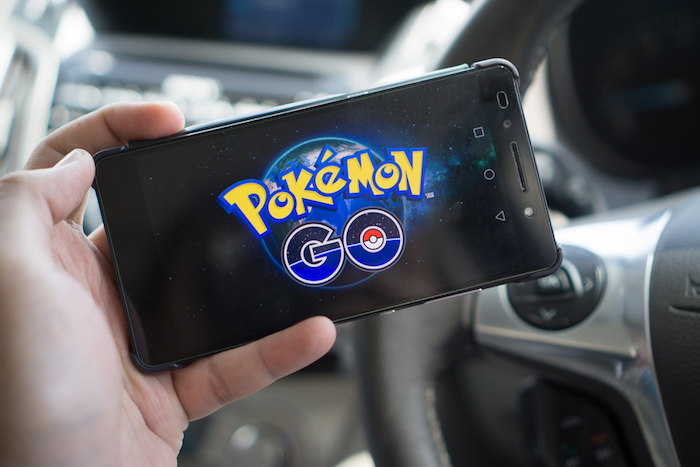
Years from now, parents will struggle to describe to their kids what life was like before Pokémon GO was released and countless millennials were suddenly loosed from their houses into the wide world around them. The mobile game is still barely a week old, but the sheer number of players — more daily active users than Twitter and the most for any U.S. mobile game in history — it’s managed to send traipsing through public parks and shopping centers has just about everybody convinced that it’s no flash in the pan.
And if Pokémon GO’s hordes of circumambulating players aren’t a fad, retailers are eager, to say the least, to get a chance to turn some of that foot traffic into sales.
The concept of partnerships between retail entities and Niantic, the developer studio behind Pokémon GO, seemed an intuitive one earlier in the week. Since much of the game revolves around players traveling to real-world locations to either capture or train their digital critters, retailers immediately began wondering how they could get listed as a gym or “PokéStop” — essentially slang for player magnets.
Those retailers seem to be in luck. One enterprising player dove into the code underneath Pokémon GO and found several references to the McDonald’s brand name and its iconic logo. None of the code in question was active, and McDonald’s locations didn’t appear any different in-game than any other seemingly randomly chosen PokéStop or gym. However, an anonymous source told Gizmodo that Niantic does indeed plan on moving forward with an official partnership with McDonald’s that will see every single store in at least one unnamed Asian country pinned as highly visible stops within the game.
And given that Japan, the birthplace of the Pokémon brand, has yet to see the mobile game go live within its borders, what better place could there be for Niantic to experiment on how official sponsorships can affect its uber-popular game?
It’s a strategy that Niantic CEO John Hanke implicitly endorsed during a recent interview with Financial Times. When questioned on Pokémon GO’s monetization plan, Hanke replied that, in addition to in-app purchases germane to almost every mobile game nowadays, “there is a second component to our business model at Niantic, which is this concept of sponsored locations.”
The evidence might be a bit piecemeal, but viewed through the right lens, it’s irrefutable: The most popular app (arguably) of all time is very likely going to allow a retailer to market itself through its game. The studio has even put up a page for players themselves to suggest locations for new PokéStops to be added to the game, implying a willingness to give and take away points as they see fit. And given that Niantic is playing its cards close to its chest and starting this initiative in a single country with a single brand seems to imply its experimental nature — and probably widespread rollout given positive results.
And even though Pokémon GO retail partnerships don’t solve the problem of converting traffic into sales, it’s a fool’s brand that passes up the opportunity — just as it’s a fool’s brand that doesn’t make the best out of the situation.
“It is like with anything in marketing … the more engaged you are with your customer, the better the return,” Stacey Kane, chief marketing officer at East Coast Wings & Grill, told Retail Customer Experience. “Simply being a PokéStop or gym is great (AND LUCKY), but embracing the craze and making the Pokémon trainers feel acknowledged and welcome is going to make them more likely to spend.”
In short, no one quite knows how they can make the most out of the swarm of consumers that emerged into the world this week, but few retailers would disagree that they should try.